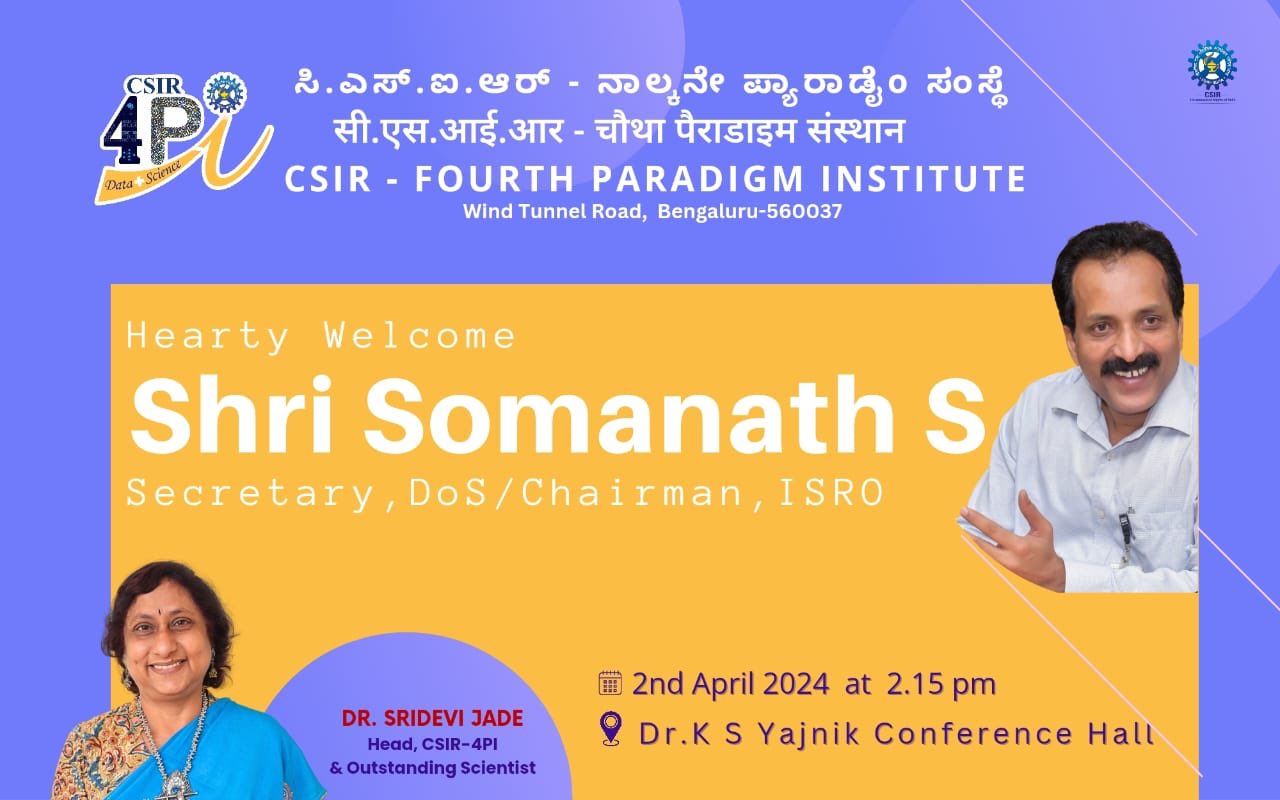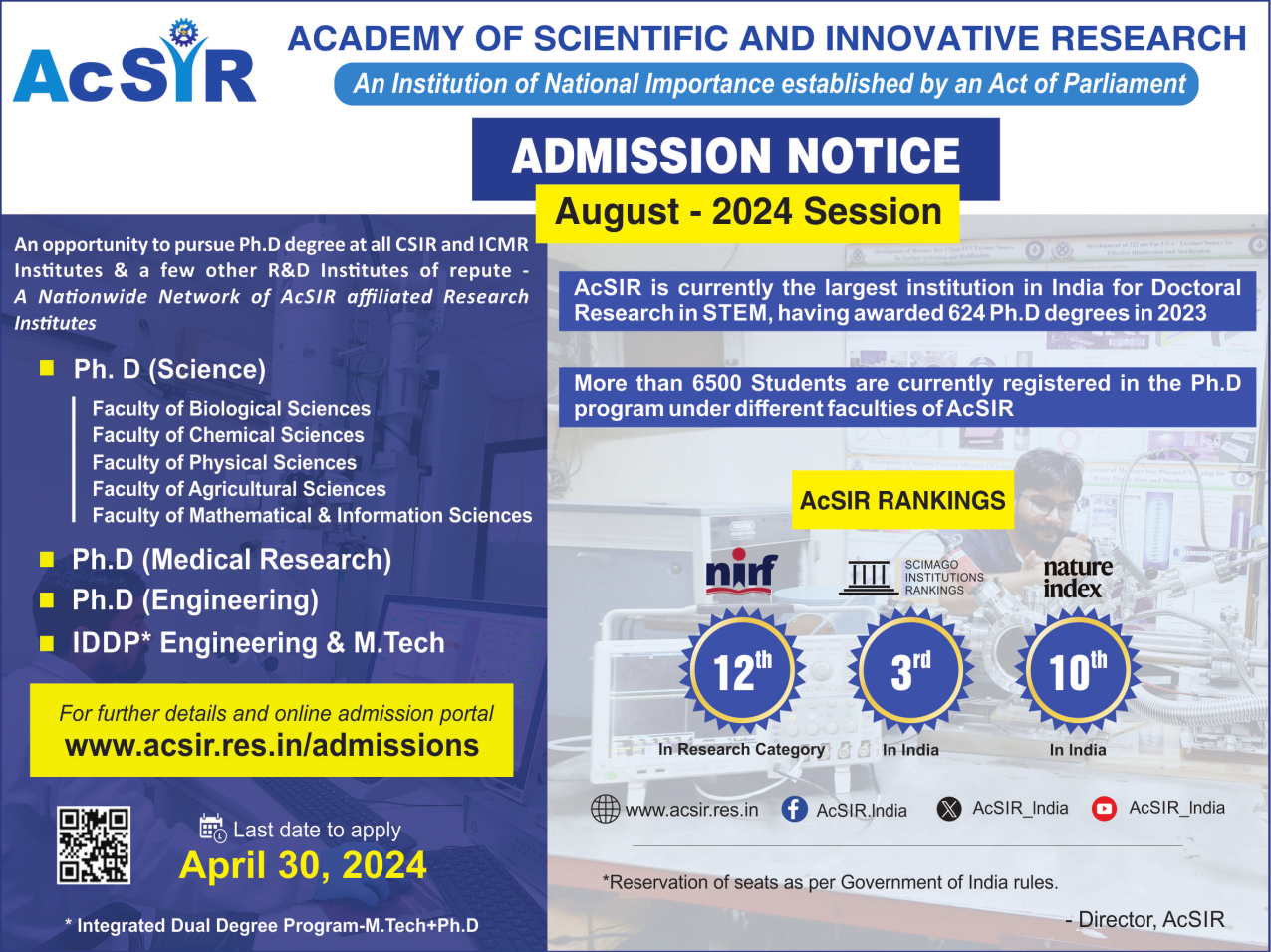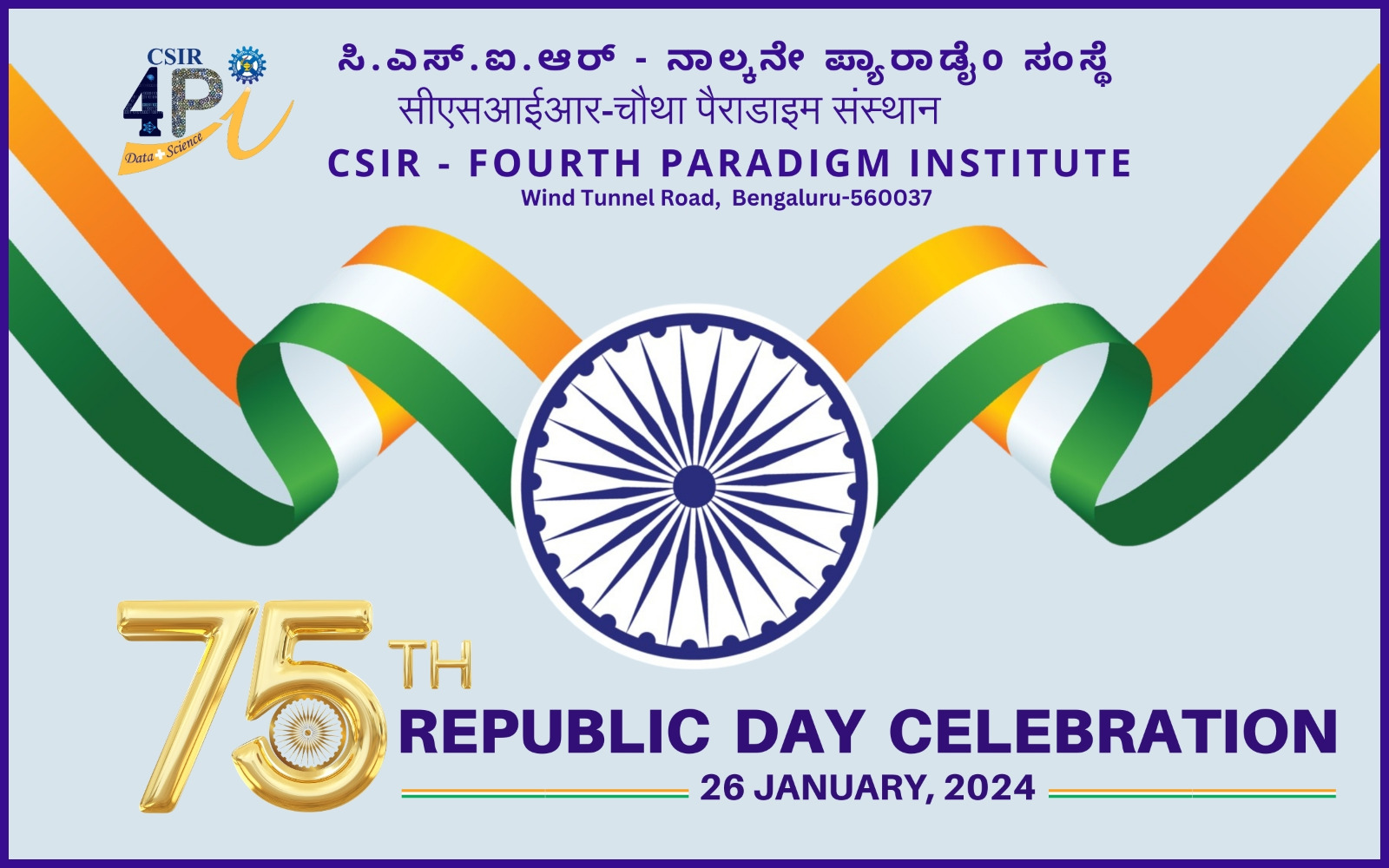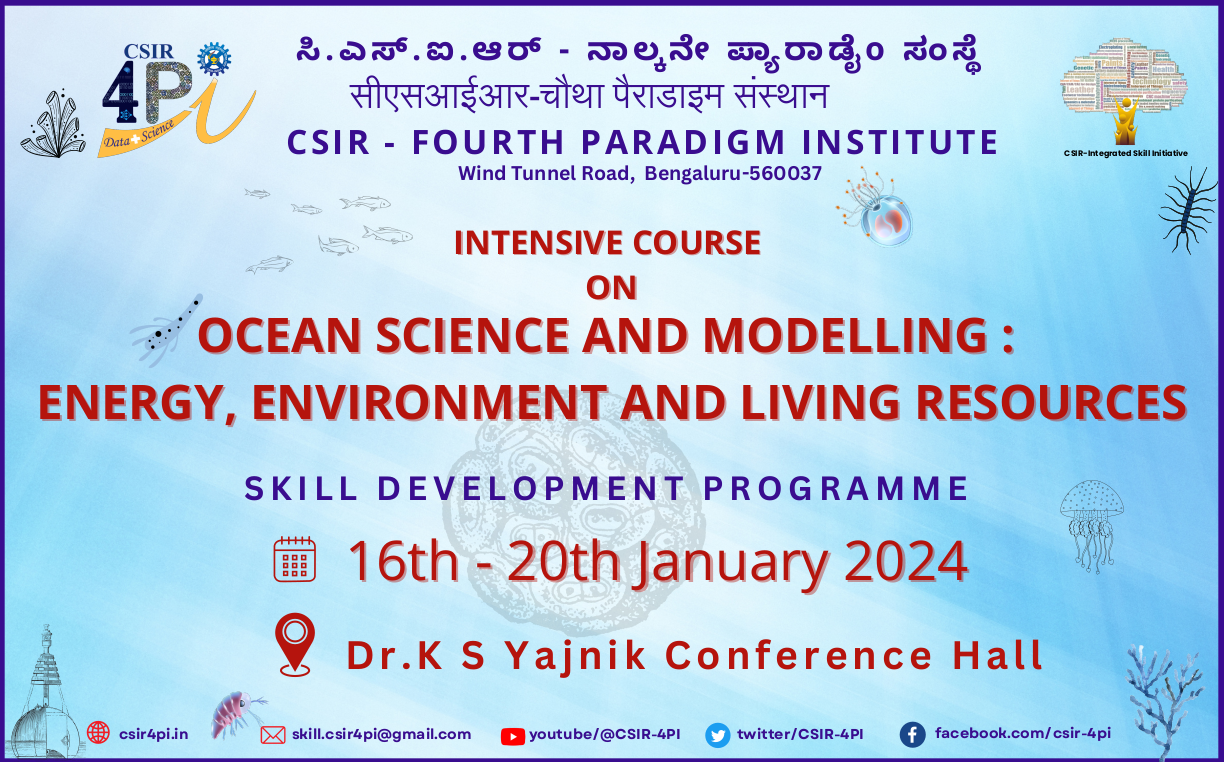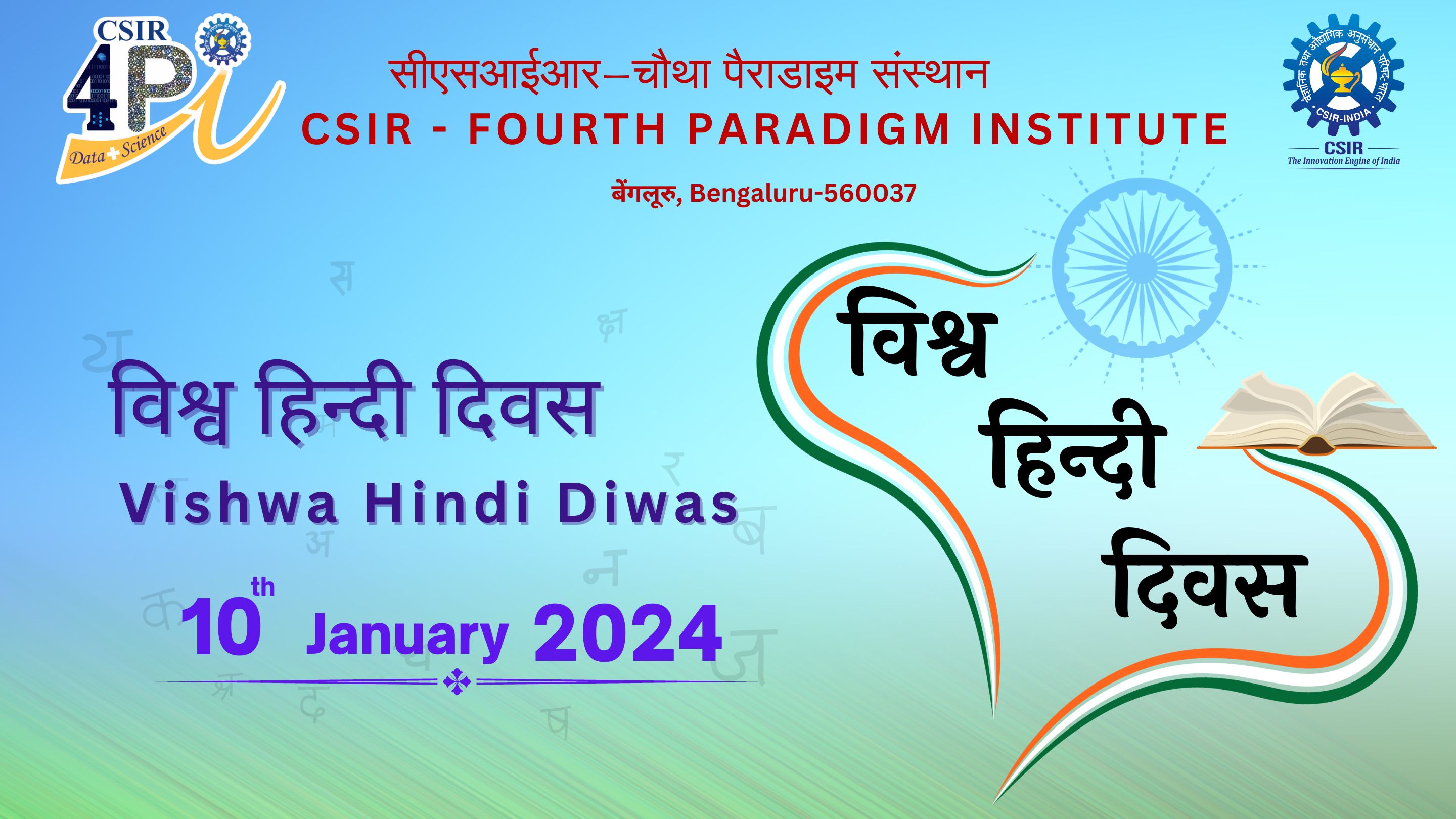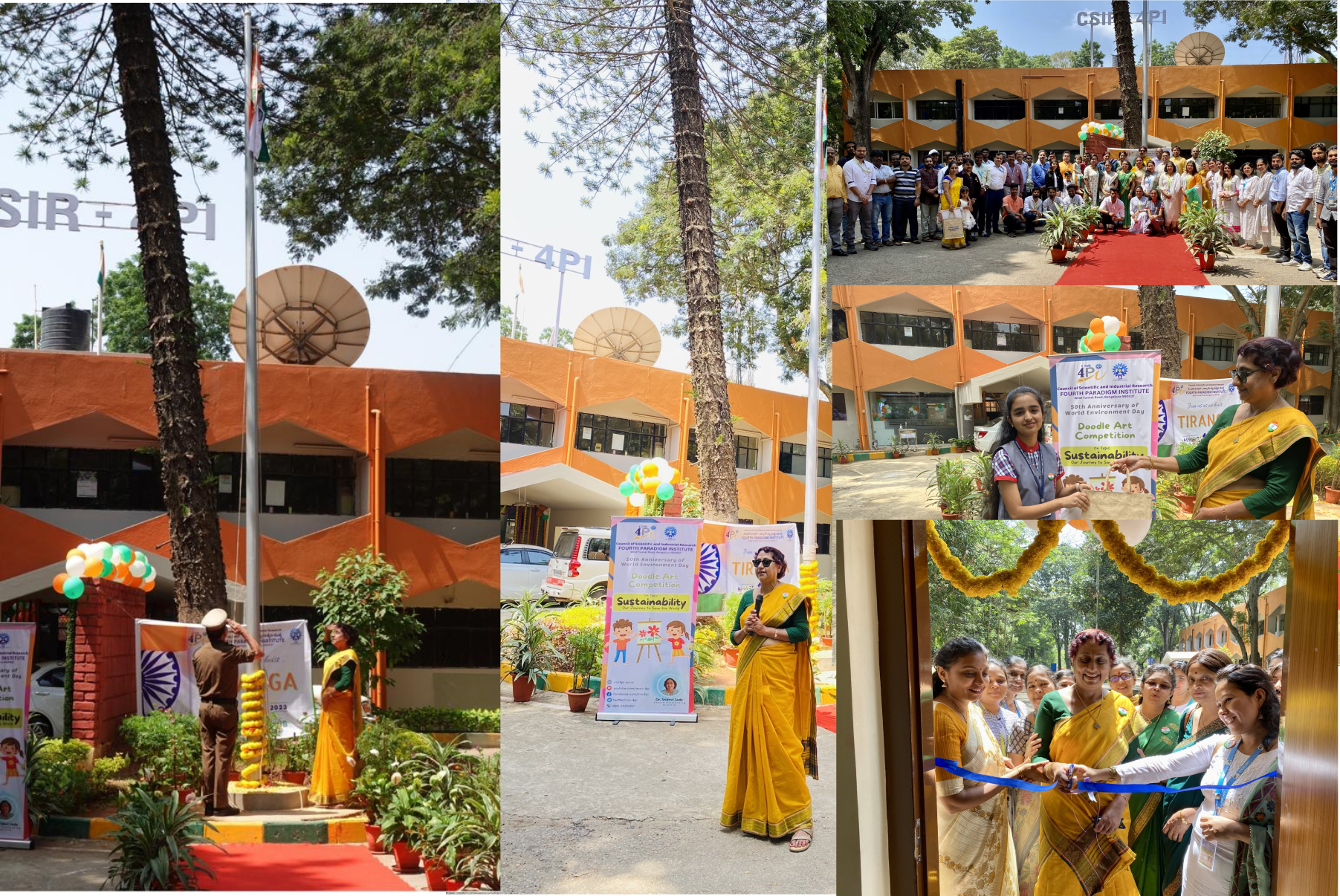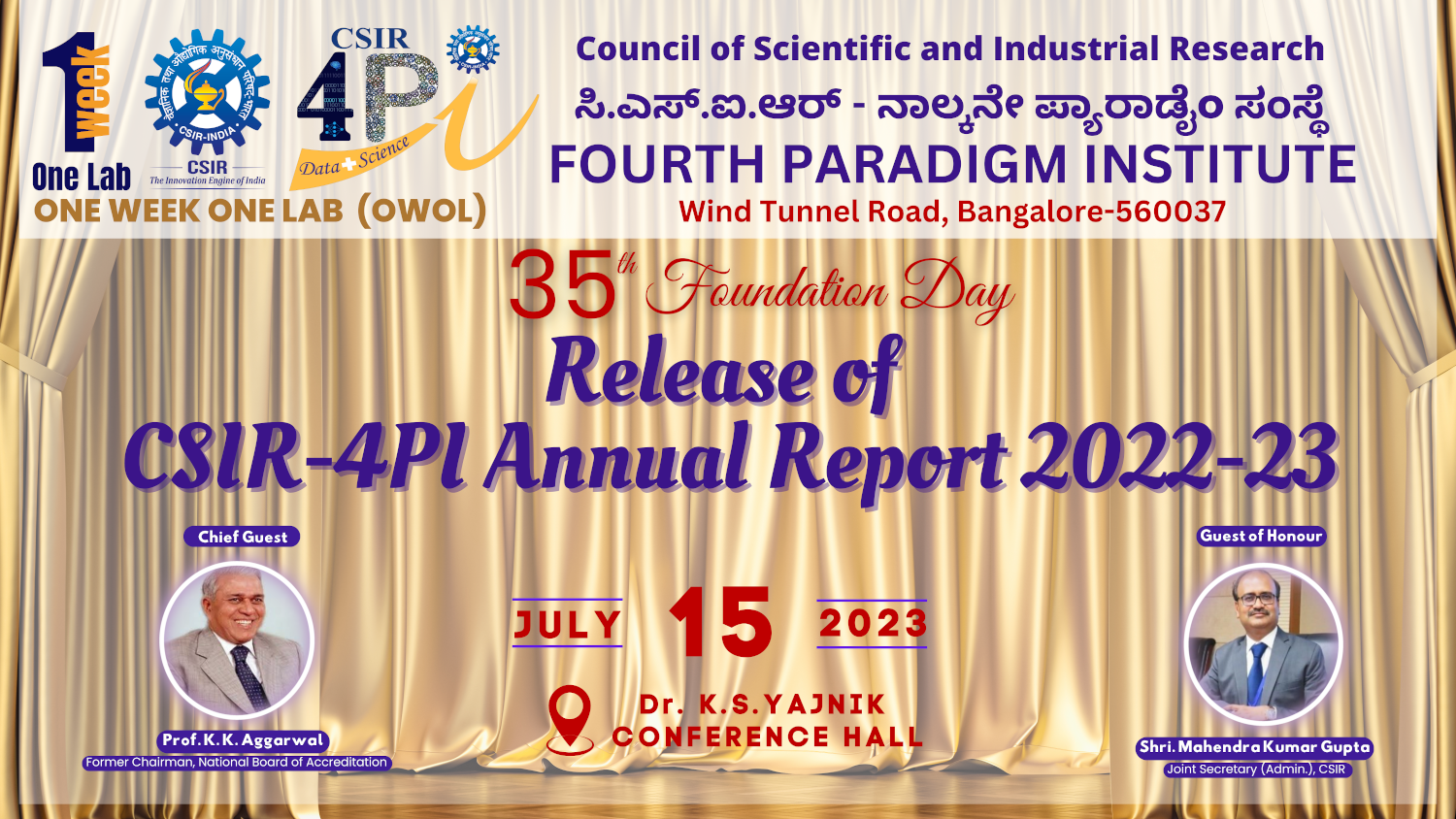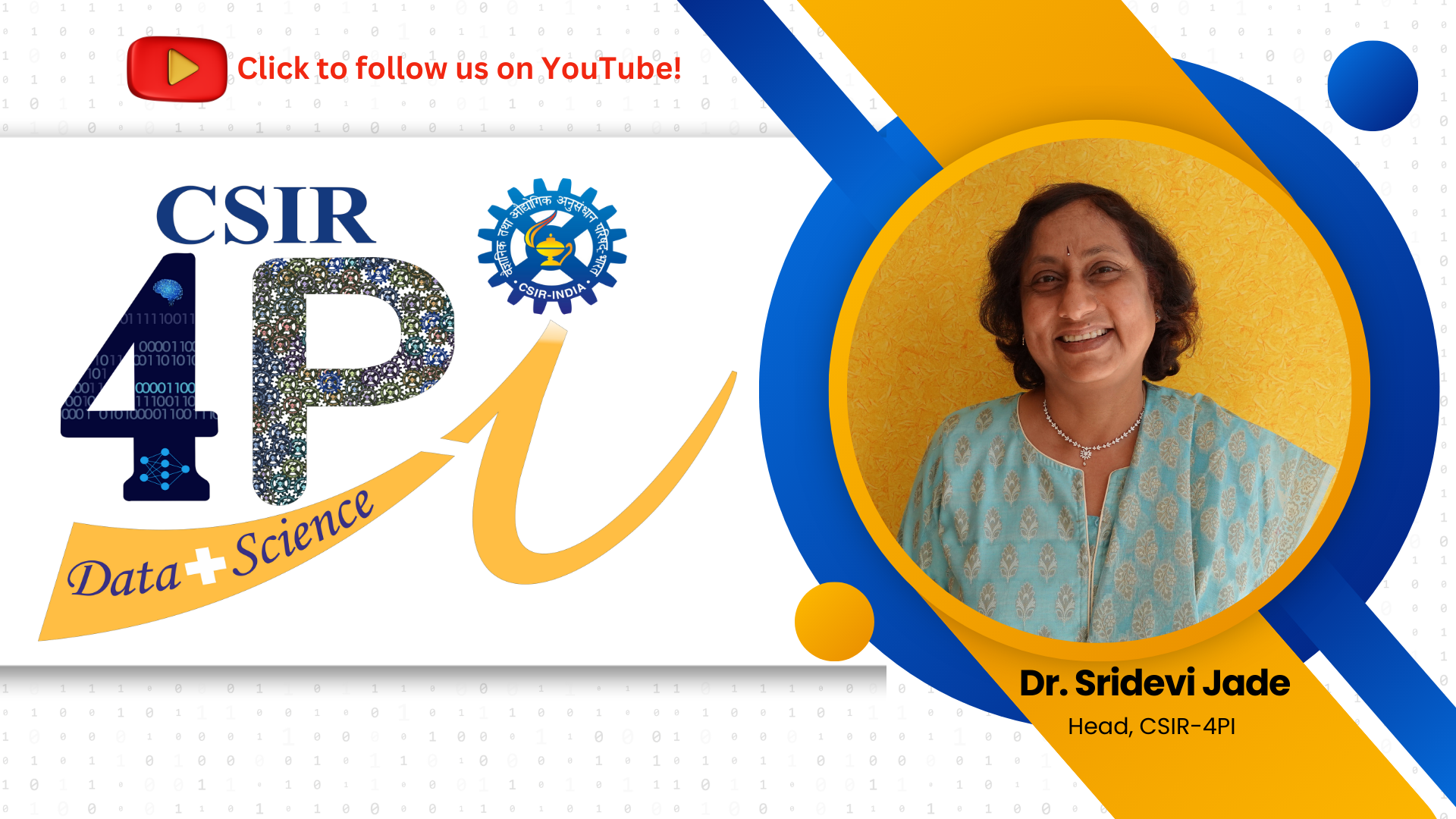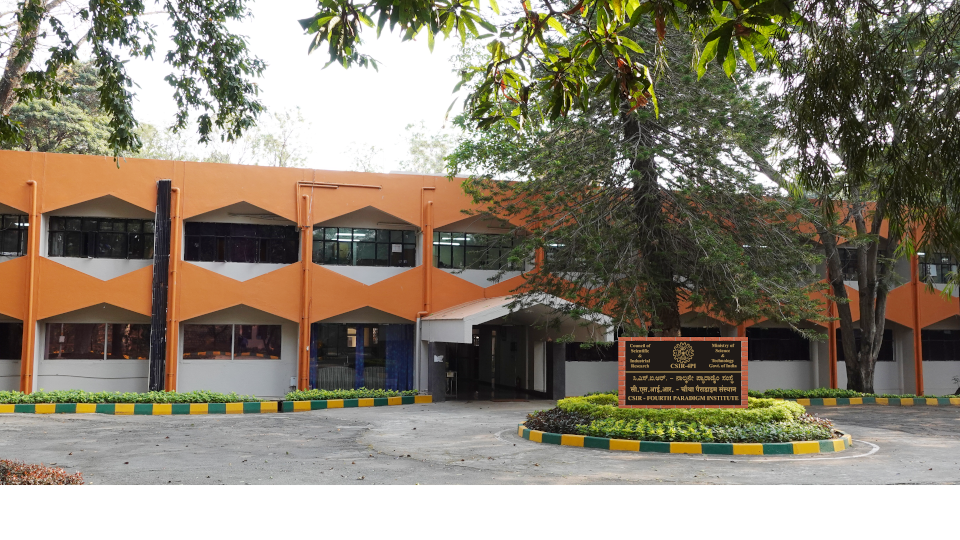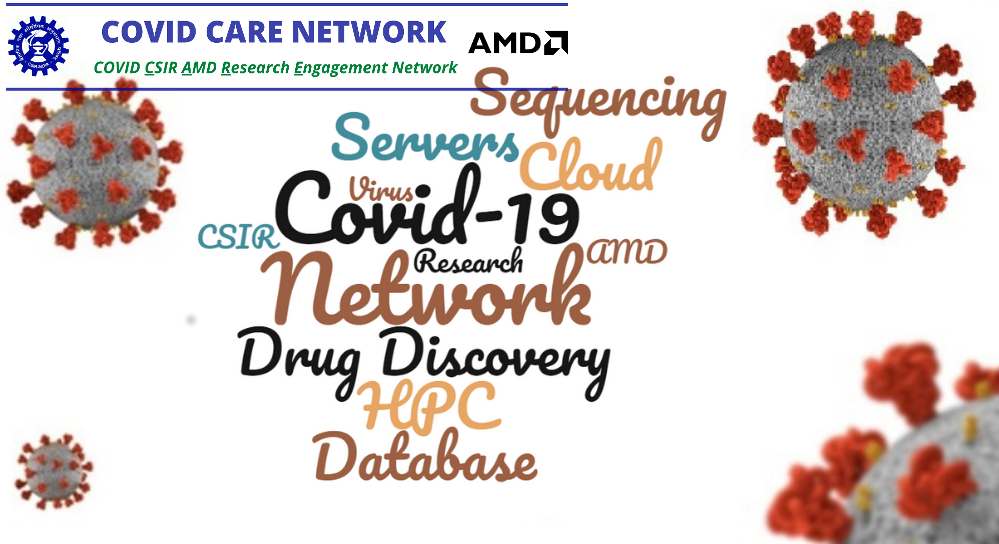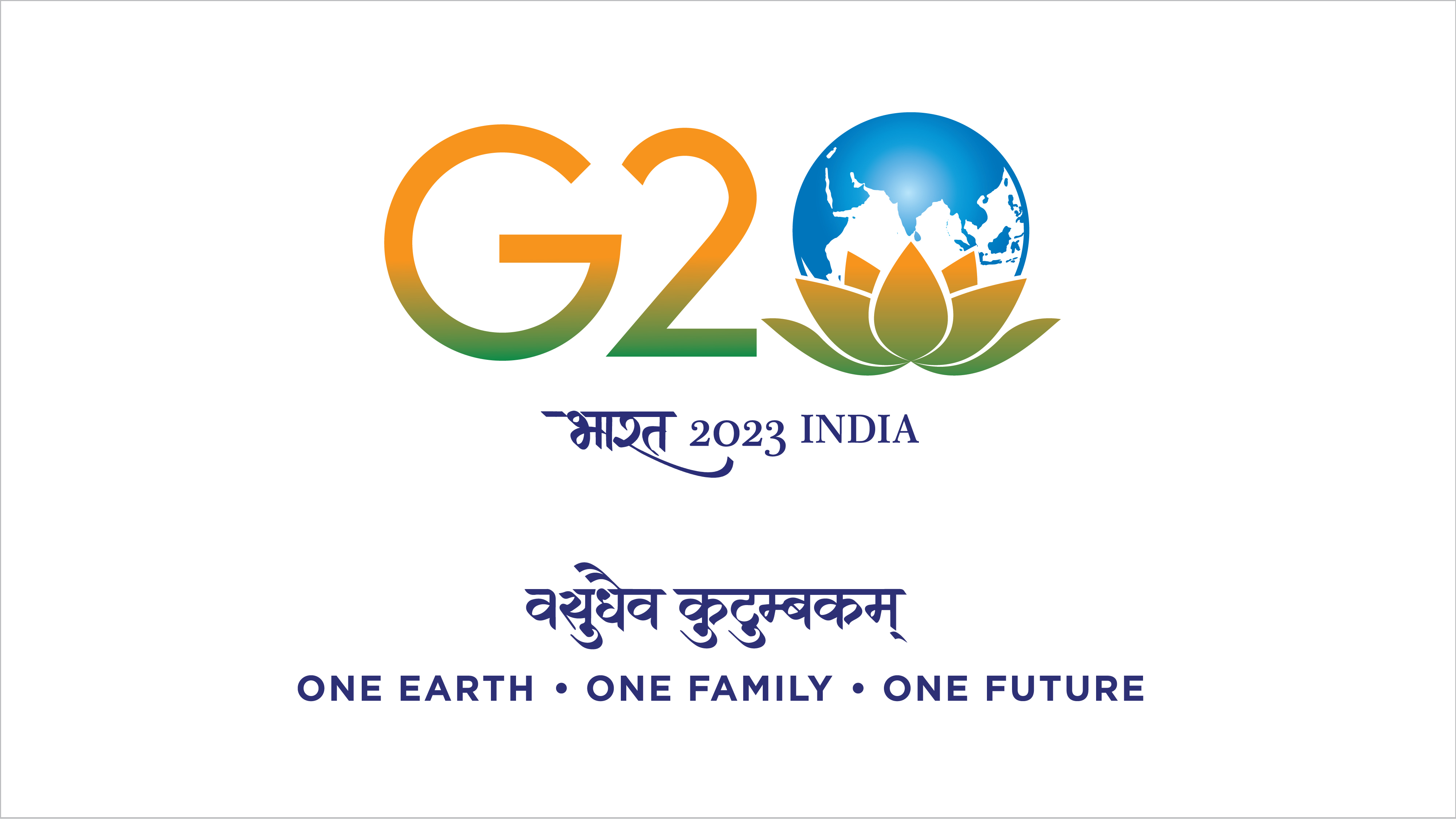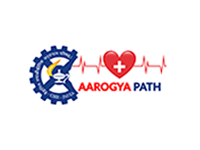by C. DeMets, S. Merkouriev and S. Jade
We reconstruct the movement of the India Plate relative to Eurasia at ≈1-Myr intervals from 20 Ma to the present from GPS site velocities and high-resolution sequences of rotations from the India–Somalia Antarctic–Nubia–North America–Eurasia Plate circuit. The plate circuit rotations, which are all estimated using the same data fitting functions, magnetic reversal sampling points, calibrations for magnetic reversal outward displacement, and noise mitigation methods, include new India–Somalia rotations estimated from numerous Carlsberg and northern Central Indian ridge plate kinematic data and high-resolution rotations from the Southwest Indian Ridge that account for slow motion between the Nubia and Somalia plates. Our new rotations indicate that India–Somalia plate motion slowed down by 25–30 per cent from 19.7 to 12.5–11.1 Ma, but remained steady since at least 9.8 Ma and possibly 12.5 Ma. Our new India–Eurasia rotations predict a relatively simple plate motion history, consisting of NNE-directed interplate convergence since 19 Ma, a ≈50 per cent convergence rate decrease from 19.7 to 12.5–11.1 Ma, and steady or nearly steady plate motion since 12.5–11.1 Ma. Instantaneous convergence rates estimated with our new India–Eurasia GPS angular velocity are 16 per cent slower than our reconstructed plate kinematic convergence rates for times since 2.6 Ma, implying either a rapid, recent slowdown in the convergence rate or larger than expected errors in our geodetic and/or plate kinematic estimates. During an acceleration of seafloor faulting within the wide India–Capricorn oceanic boundary at 8– 7.5 Ma, our new rotations indicate that the motions of the India Plate relative to Somalia and Eurasia remained steady. We infer that forces acting on the Capricorn rather than the India Plate were responsible for the accelerated seafloor deformation, in accord with a previous study. India–Eurasia displacements that are predicted with our new, well-constrained rotations are fit poorly by a recently proposed model that attributes the post-60-Ma slowdown in India–Eurasia convergence rates to the steady resistance of a strong lithospheric mantle below Tibet.

